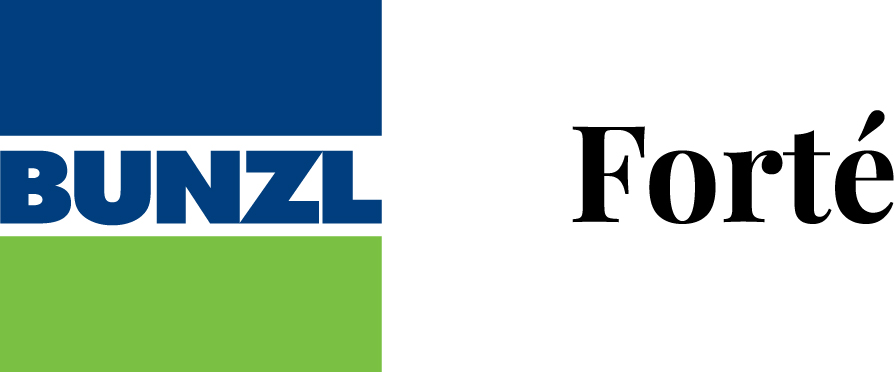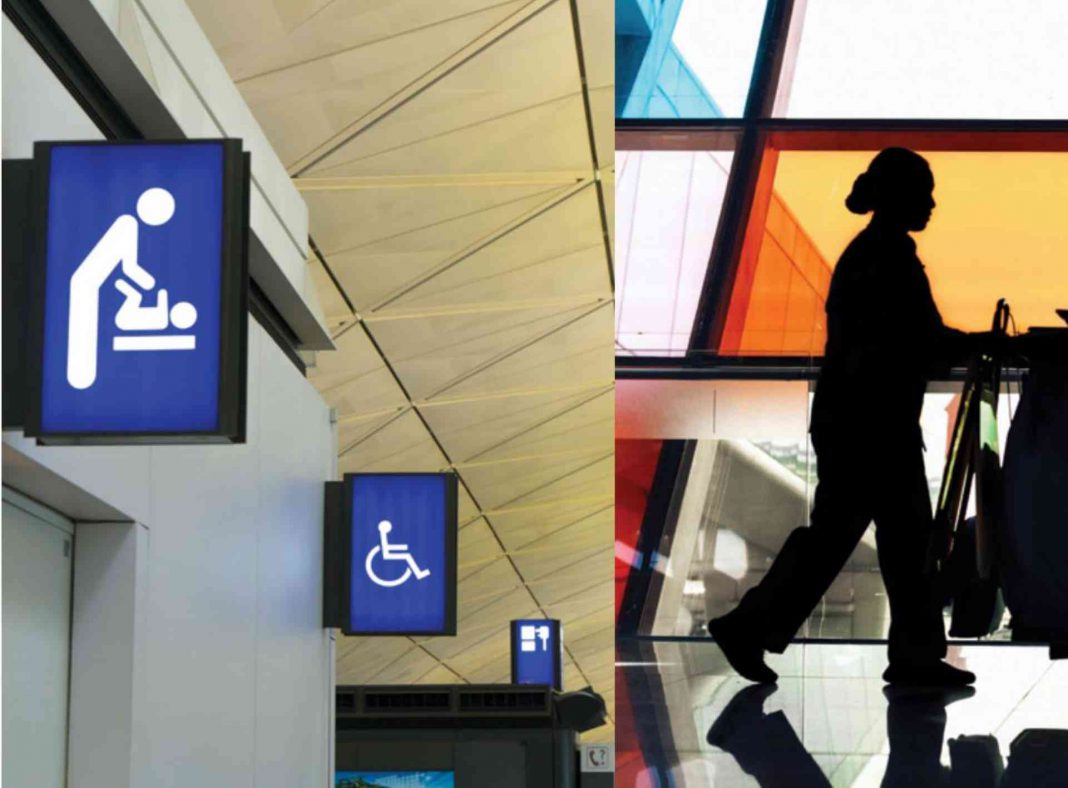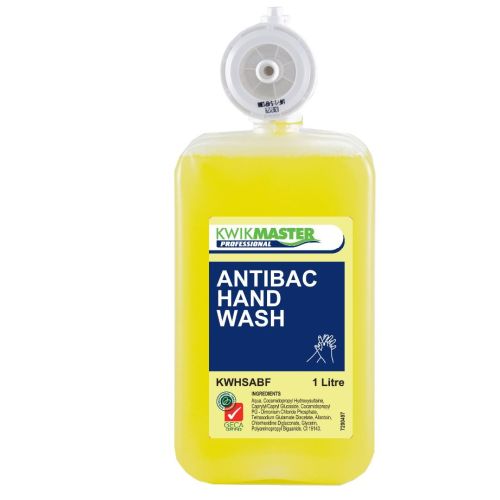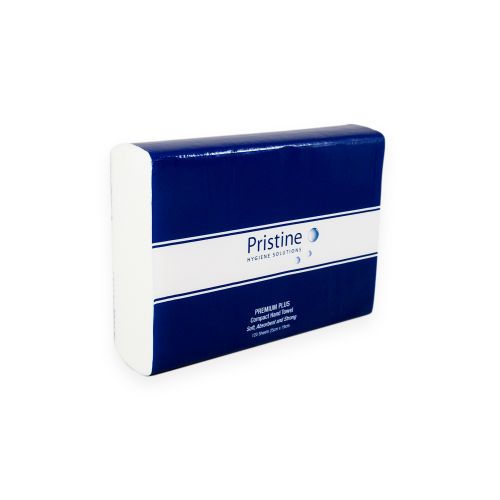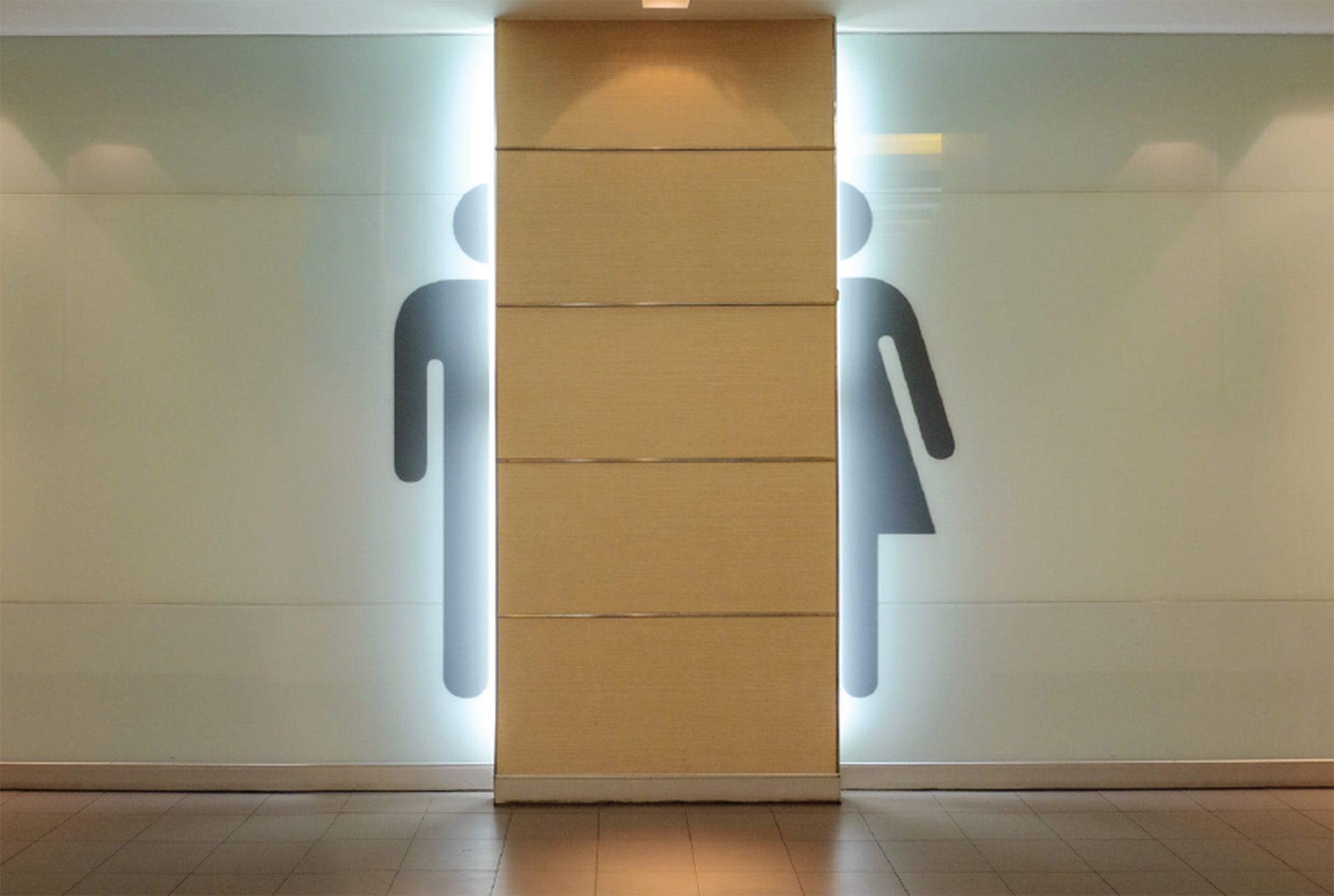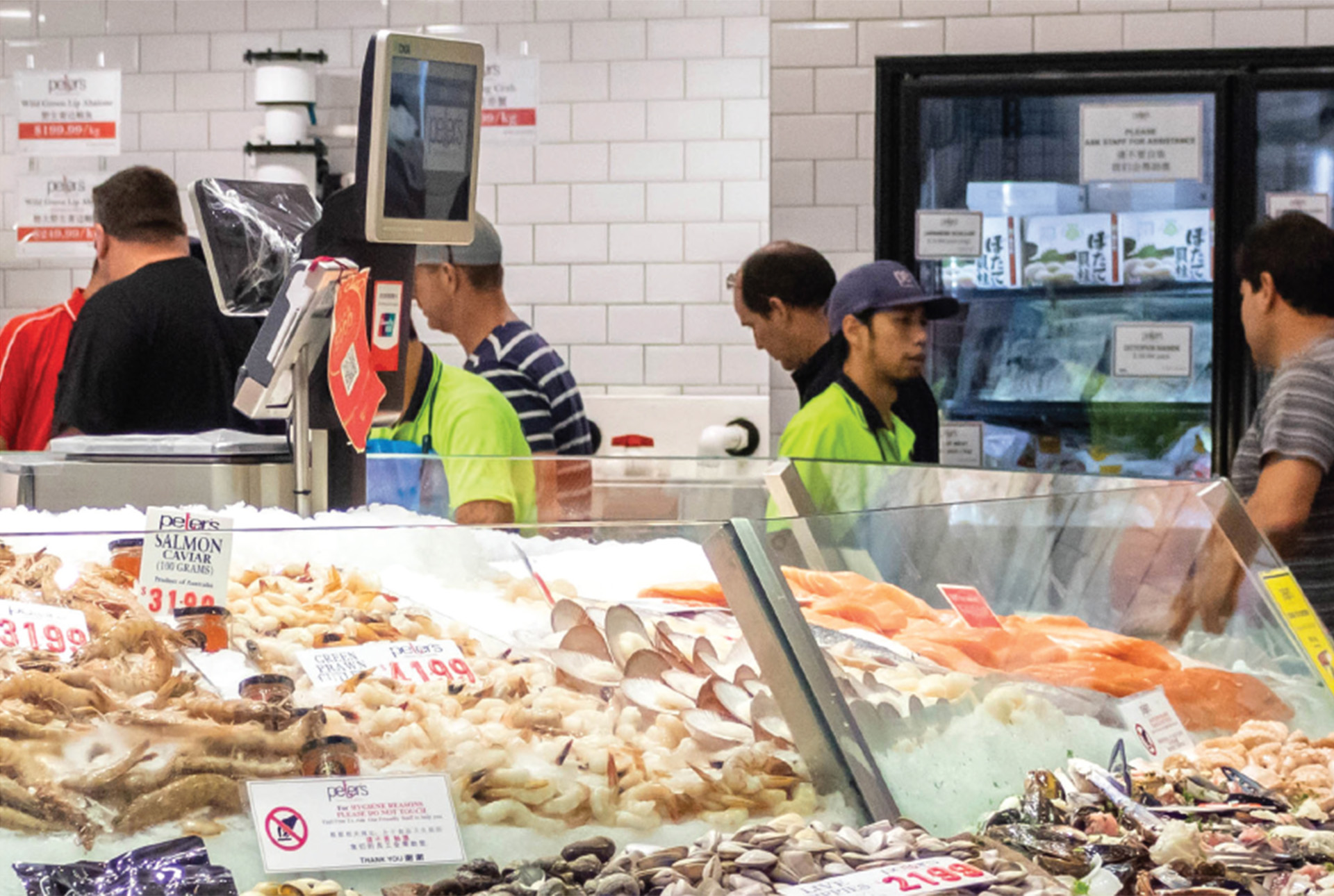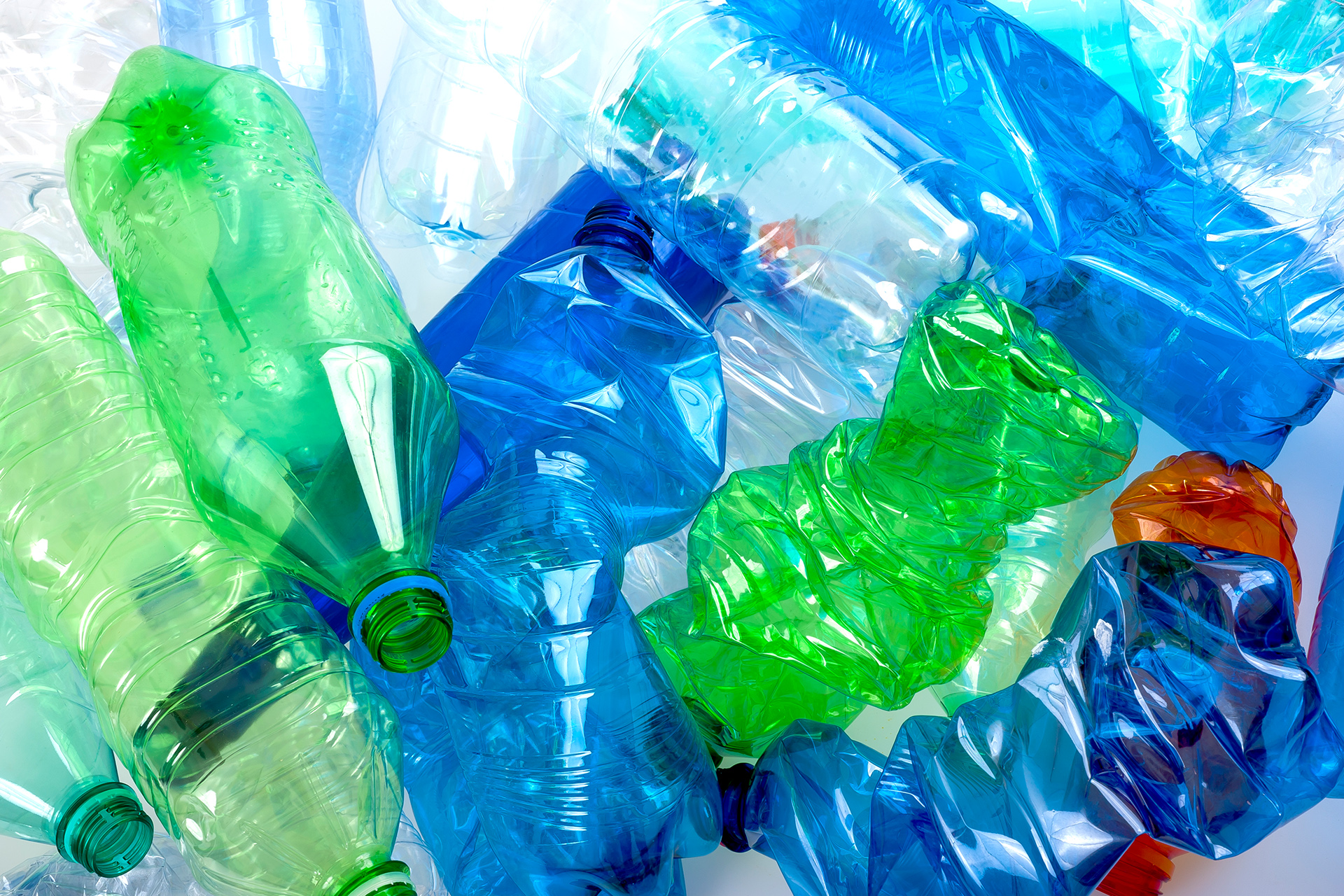It might be someone’s first impression of a new country or city, so there is a lot riding on the cleanliness of an airport. The demands are huge – high foot traffic at all times of day, grumpy and tired customers, facilities open long hours – so it makes sense that airport cleaning teams run a tight ship.
Gareth Marriott, Chief Executive Officer of OCS Australia & New Zealand, explains that the first thing you usually see when you get off a plane is a washroom, so it must be immaculate. “It has to look right, smell right and be inviting,” he says. “If that goes well and the airport is highly organised and clean, you enter the country in a better space.”
Beyond just washrooms, commercial cleaning companies also cover the many spaces that make up an airport such as terminals, cafeterias, moving walkways and lifts. Commercial buildings, outbuildings and car parks are also included in that line-up, as well as management of biosecurity waste and building maintenance services across the sites.
When it comes to the fourth-busiest airport in Australia in terms of passenger traffic, Perth airport operates 24 hours a day, seven days a week. Pre-COVID, it was serviced by more than 30 airline partners and saw more than 14 million passengers travel through its terminals. While New Zealand’s second-largest airport, Christchurch Airport, managed more than 3.26 million passengers in the 2022 financial year.
While numbers dropped during the pandemic, travellers of all types have returned en masse, with Perth Airport already recording passenger numbers of more than 10 million between July 2022 and March 2023.
To clean an airport of that size, coordination is required between all departments, workers and facilities to ensure an acceptable level of hygiene is maintained. Managing high traffic numbers and meeting the demanding hygiene standards expected of an international airport involves smart solutions and taking advantage of technology to free up resources.
“If you’ve got the right products, the right cleaning equipment, the right team members, you have an immediate recipe for success,” says Marriott. “It’s about having people who are experienced in that sector and that environment.”
In high-pressure environments, such as that of an airport, collaboration is key. “When it comes to procurement, find the right partner,” he recommends. “Don’t try to take it all on yourself.”
Finding partners with global experience, a good supply chain, and strong environmental values; and who work sustainably, are like-minded, and adaptable with new products and technology is another way to provide quality service.
“We use robotics to free up our team members to do more spot cleans and the type of cleans that become a point of difference,” Marriott explains. “Since there’s lots of open floor and space, it’s about using smart technology to cover that work and using people in the tighter areas that need their attention to make a difference. It’s about managing the work force to produce best possible outcomes.”
And, of course, when it comes to satisfaction with an airport, it’s not only about first impressions – it’s also about lasting memories.
“It’s equally important you have a great and safe experience when you leave,” he says. “That will be the last impression a lot of people have of a country they’ve visited. If you put those elements together and provide an engaged team to deliver that service, you won’t get it wrong.”
